Question bank
Chapter-1 Beautiful Nature
Q-1 Here are some frequently used botanical names of plants. Write their common names.
1. Vinca rosea ________________
2. Impatiens balsamina _________________
3. Jasminum sambac ___________________
4. Dianthus caryophyllus ___________________
5. Narcissus _____________________
6. Tulipa ____________________
7. Helianthus annuus ______________________
8. Nelumbo nucifera _____________________
9. Lilium ________________
10. Antirrhinum majus _______________________
11. Rosa ___________________
12. Lathyrus odoratus _______________
Q-2
Diseases of flora are the symptoms of diseases related to plants. By reading the symptoms, name the plant diseases:
1. It is the dead area in the bark or cortex of a stem or roots with raised margins. ________________________
2. It is a rapid and complete chlorosis of browning and death of plant t issues of leaves, twigs and flowers. _________________________
3. In this disease, the attack of a pathogen causes the death or killing of the host tissue. Leaf spots are commonly associated with it. ________________________
4. In this disease, black powdery masses of spores are produced; this is called ‘Sori’. ________________________
5. In this disease, the pathogen is internal and produces the downy growth of white cotton-like mass of fungi. _____________________
6. There are white, shining, blister-like areas developed on the stem, leaves, etc. ________________________
7. It appears as yellow, orange, red rust or brown or black powdery substance on plant parts ________________________
Q-3
Answer the following questions:
1. To which phylum or division do insects belong?
2. Which common household insect can live without its head for a week?
3. Butterflies taste with their feet. (True or False)
4. Is the spider an insect? (Yes or No)
5. What do you call a person who studies insects?
6. Apis mellifera is the scientific name for this insect.
7. What is the scientific name given to termites?
8. Which insects live in a formicary?
9. Which insect is called the gardener’s friend?
10. Which are the loudest and most noisy insects?
Q-4
True or False.
1. The ‘ridge-nosed’ and the ‘diamondback’ are types of snakes that belong to the boa family.
2. The eyelash palm-pit viper gets its name from the upturned scales above its eyes.
3. Taipans are a family of large, fast and highly venomous snakes found in Europe.
4. Burmese pythons do not have great eyesight.
5. Although death adders are non-poisonous snakes, they kill their prey by constricting them.
6. The black mamba has got its name after the colour of its skin.
7. South America’s green anaconda is a member of the boa family.
8. King cobras are known as the only snakes in the world that can build nests.
Q-5
Answer the following questions:
1. Also called glutton, it is an elongated animal low to ground. What is this furry animal called ? ______________________
2. What is the other name of the small fur animal called black-footed ferret? ______________________
3. Which is the only species of mink that is listed by the International Union for Conservation of Nature (IUCN) as critically endangered? ______________________
4. Which fur animal is a weasel-like mammal having bushy and large paws? _________________
5. Name the ermine whose fur is sandy-brown on the back and head and white below in summer and all white in winter. ______________________
6. What is the very small fur animal similar to European polecats, stoats, ferrets and minks called? _____________________
Q-6
So, let’s try and guess the names of some of these flightless birds with their pictures and information given below
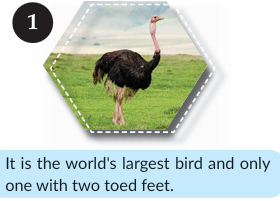
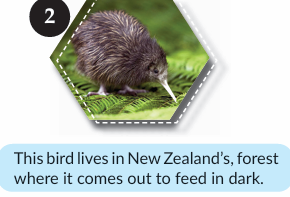

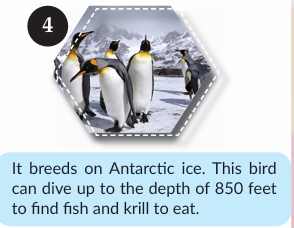
Q-7
Identify the dinosaurs
1. It is a long dinosaur having a very long neck. ________________________
2. Its front legs were longer than the back legs. ________________________
3. It had three horns, one on its nose and two long ones above its eyes. ________________
4. This herbivorous dinosaur had a duck-billed appearance. ________________________
5. It was very large and powerful carnivorous dinosaur. ________________________
6. This herbivorous dinosaur had a long neck and a long tail. Its forelimbs looked like pillars. ________________________
7. It was the largest dinosaur and the largest animal ever known. ________________________
Chapter-2 Sports & Entertainment
Q-1
Identify the different forms of music:
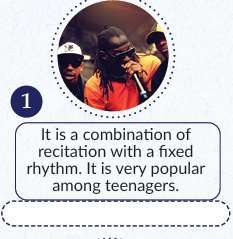
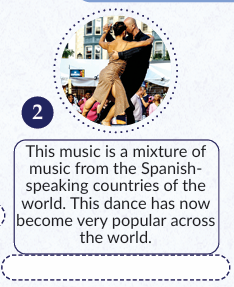
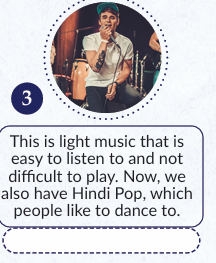
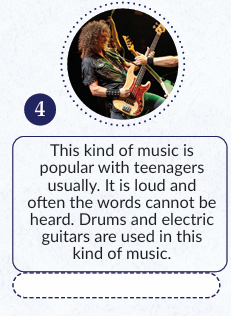
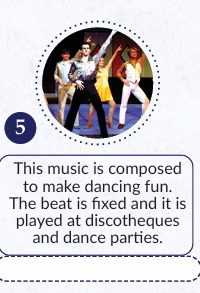
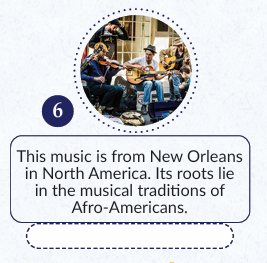
Q-2
Name these classical dances of India:
1. One of the most distinguishing features of this dance is the tribhangi. The concept of tribhang divides the body into three parts—head, bust and torso. The postures dealing with these three elements are called tribhangi. __________________
2. Its name means ‘the Art of Storytelling’. It originated in North India and was very similar to the Bharatanatyam dance–form. __________________
3. This classical dance-form of Kerala is known for its heavy, elaborate makeup and costumes. Its name translated means ‘story play’. The dance-form presents themes derived from the Ramayana, the Mahabharata, and other epics, mythologies, and legends. __________________
4. One of the most popular classical Indian dances; it is almost 2,000 years old. It is believed that this classical dance-form was revealed by Lord Brahma to a famous sage Bharata. The sage then codified this sacred dance in a Sanskrit text called the Natya Shastra. ________________
5. This dance-form derives its name from a village in Andhra Pradesh. Often the expressional numbers are sung by the danseuse herself and not by the vocalists in the background of the stage. __________________
6. The most striking part of this dance-form is its colourful decoration, lightness of the foot movements, the sense of abhinaya or drama, music, and poetic charm. It is a ritualistic dance-form that draws heavily from the rich culture of the state it hails from. ________________
Q-3
Identify and write the sports given below.
1. _____________ This is white-water kayaking. Extreme kayakers thought of using their ride to plunge off high waterfalls.
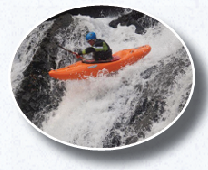
2. ____________ It is a recreational sport of jumping from fixed objects using a parachute that descends safely on the ground.
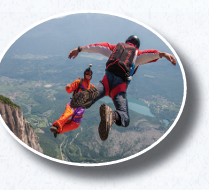
3. ____________ It is a form of skydiving where the participant attaches a board to the feet and performs acrobatics during the free fall.

4. ____________ In this sport, the rock climber removes all the safety ropes, harnesses and other protective equipment.

5. ____________ It is an unusual sport which involves underwater diving in caves with at least partial water content.
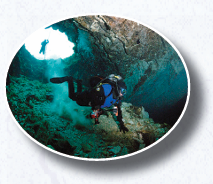
6. ____________ Cycling sports where racers perform on purpose-built tracks, making use of gravity by finding the right lines to generate speed.
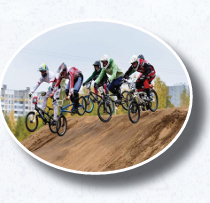
7. ____________ It involves scaling formation of vertical ice, like frozen waterfalls and cliffs covered with ice.
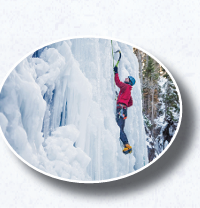
8. ____________ It is a form of slacklining where participants walk across a suspended stretch of webbing at elevation or water which is attached to an anchor at either end.
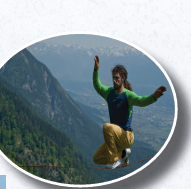
Q-4
Read the descriptions and fill in the blanks:
1. A bowler while bowling a ball crosses the batting crease of the non-striking batsman _____________________________
2. If runs are scored by the batsman without touching the bowled ball and if the ball is missed by the wicket-keeper too _____________________________
3. When a team is asked to continue batting a second time after being dismissed in the 1st innings _____________________________
4. When a batsman gets out without scoring _____________________________
5. An easy catch taken by a fielder _____________________________
6. When a left-handed bowler bowls a googly to a right-handed batsman _________________________
7. A bowled ball which reaches the batsman directly without hitting the pitch _________________________.
8. The ball hits the wicket before the batsman reaches the popping crease while taking a run _____________________________
9. Runs made when the ball is unintentionally deflected off the body of a batsman while playing a stroke _____________________________
10. If a batsman is beaten by the ball’s trajectory _____________________________
11. A speeding ball bowled by a bowler which swishes past the batsman at the height of the shoulder _____________________________
12. An over in which no runs are scored by the batsman _____________________________
Q-5
Identify winter Olympic Games.
1. Teams of 2 or 4 compete by zooming down an icy track in a curved cone-like shed. ____________________

2. It is a race event accompanied with running tricks and landing of players’ jumps. _____________________
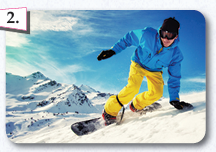
3. This game is played between two teams, each with 6 players only. The positions include one goalkeeper, two wings, two defenders and one centre forward. ____________________

4. In this sport, each team conveys 20 kg granite stones during the match. The team that manages to deliver more stones near the centre of the scoring area wins the match. _____________________

5. In this sport, athletes race across a 400 metres oval-shaped track for individual races, where the fastest becomes the first. _____________________
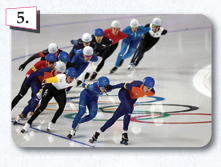
Q-6
Identify games in which these sportspersons won medals.
Tajinder Pal Singh Toor
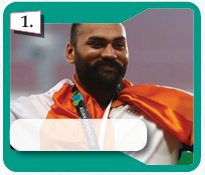
Annu Rani
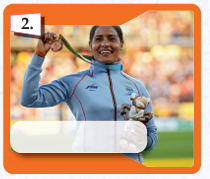
Parul Chaudhary
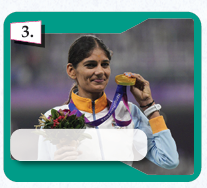
Dipika Pallikal and Harinder Pal Sandhu
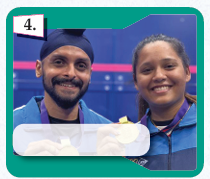
Natsumi Tsunoda
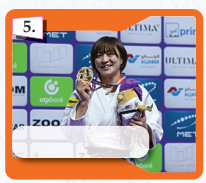
Zhang Zhizhen

Jyothi, Aditi and Parneet
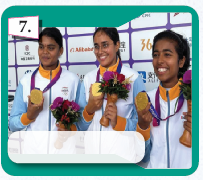
H.S. Prannoy
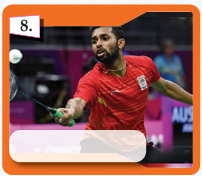
Chapter-3 Our Motherland
Q-1
Read the descriptions and answer these questions
1. This embroidery technique originated in the Kutch region of Gujarat. In this, a hook and silk threads are used to create patterns. __________________________
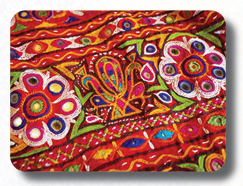
2. The name of this embroidery from Punjab literally means ‘flower-craft’. _________________________

3. This embroidery technique originated in Kashmir. __________________________
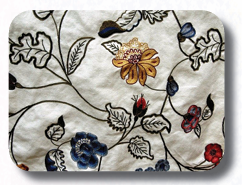
4. This special technique is used by the Dangasia community of the Saurashtra region of Gujarat to create beautiful fabric. __________________________

5. This art helps to paint a cotton fabric using natural dyes and a bamboo pen. _________________________
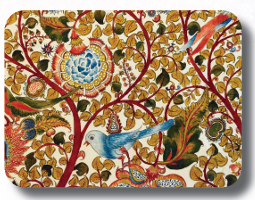
6. This embroidery technique uses gold and silver threads and sometimes precious gems like diamonds, emeralds and pearls. ______________________________
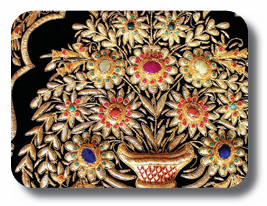
7. Pipli in Odisha is famous for this technique in which pieces of fabrics are sewn on a base fabric.__________________________
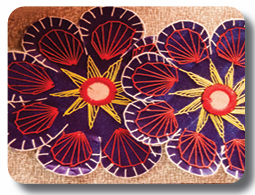
8. This embroidery technique originated in Lucknow. _______________________

Q-2
Answer these questions.
1. On 17 May 1540, Sher Shah Suri defeated Humayun at this historic site.
2. Which place is believed to be the site of the eighteen-day-long war mentioned in the epic, the Mahabharata?
3. The siege of this town in Karnataka led to the final defeat of Tipu Sultan.
4. In which place did the battle between the British East India Company and the French East India Company occur in 1760?
5. Where did the Mughal Emperor, Humayun, and the Afghan, Sher Shah Suri, fight a war for the first time, which resulted in the Mughal emperor’s defeat?
6. Which historically significant site is the location of the battle fought between Rana Pratap Singh and Raja Man Singh?
7. Write the name of the battlefield in which Siraj ud-Daulah’s army was defeated by the army of the East India Company.
8. Three very important battles in Indian history have been fought in this place. One of these battles led to the establishment of the Mughal Empire in India. Write the name of the battle.
Q-3
Name the national leaders associated with the following movements
1. Jallianwala Bagh Tragedy ___________________________________
2. Swaraj Party _______________________________________________
3. Khudai Khidmatgar Movement ______________________________
4. Two-Nation Theory _________________________________________
5. Indian National Army _______________________________________
6. Quit India Movement _______________________________________
7. Anti–Simon Commission Procession _________________________ (Leader who was wounded by fatal lathi charges)
8. Home Rule League __________________________________________
9. Hindustan Socialist Republican Party _________________________
10. Assertive Nationalism _______________________________________
11. Ghadar Party _______________________________________________
12. Khilafat Movement _________________________________________
13. All India State People’s Congress ____________________________
14. Ismaili Movement __________________________________________
15. Hindustan Socialist Republican Association __________________
Q-4
State the political parties that have the names of their symbols given below.
1. Twin flowers in grass: _____________
2. Elephant: _____________
3. Bicycle: __________________
4. Sickle and hammer: ________________________
5. Lotus: _____________________
6. Palm of hand: __________________
7. Clock: ____________________
Q-5
Read the descriptions about the architectural features of a few monuments. Write their names.
1. It is one of the major ancient Buddhist centres in India. Its foundation stone in Madhya Pradesh was laid by Asoka the Great in the third century BCE. _____________________
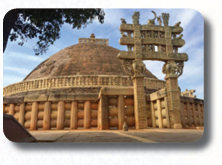
2. This monument is famous for the dense, dark maze called the ‘Bhool Bhulaiya'. __________________________
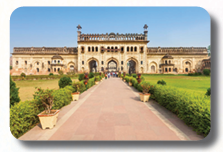
3. The Shaking Minarets in Gujarat are known for an interesting fact-if one of them is shaken, then the other trembles as well. Which mosque are they a part of? ___________________________

4. He is considered one of the greatest British architects of the twentieth century and was the main architect of the Rashtrapati Bhawan and India Gate in Delhi. ___________________________

5. Write the name of the painter and sculptor who designed the building of the Belgium Embassy in New Delhi. ___________________________
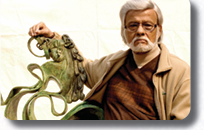
Q-6
Identify the tribes.
1. It is believed that there are around 450 members of this tribe. They live in Rutland Island and South Andaman Island. ________________
2. They live in over 50 hill villages in Arunachal Pradesh and this Himalayan hill tribe has a reputation for being fierce warriors. The name of the tribe means ‘hill man’. The tribe is divided into two main divisions, the Bogum and Onai.
3. They are a small pastoral tribe that resides in the Nilgiri Hills of Tamil Nadu. They traditionally worship the water buffalo.
4. These people form one of the largest tribal groups in the world. Raj, Madia, Dhurve and Khatulwar are the four sub-tribes of this tribe.
5. These people inhabit the eastern part of Meghalaya. Along with Garo and Jaintia tribes, they form majority of the state population. The traditional male dress is a longish, sleeveless coat without a collar, fastened by thongs in front, called a ‘jymphong’
Chapter-4 Language & Literature
Q-1
Answer the following questions:
1. Which great author and humorist is believed to be the first famous writer to have used a typewriter?________________
2. Narad recited the Vedas to Prahlad, son of Hiranyakashipu and his wife Kayadhu. Where was Prahlad at that time? _______________
3. In Beatrix Potter’s books, what kinds of animal are Flopsy, Mopsy and Peter? ____________
4. In which famous work would you come across the following lines: Every time a child says, “I do not believe in fairies”, there is a fairy somewhere that falls down dead? ________________
5. George Fayne and Bess Marvin are the friends in a fictional character. Write the name of the novel. ________________
6. In this novel, you would come across the March sisters—Meg, Beth, Amy and Jo. What is the name of this novel? ________________
7. In the novel you would find the flying island of Laputa and Brobdingnag, a land of giants. Write the name of the novel. _______________
8. Whose story is based on the real-life adventures of Alexander Selkirk? ________________
9. Which novel by Charles Dickens is written about the French Revolution? ________________
10. Which play by William Shakespeare is traditionally performed at 9:00 pm on 23 June every year? _______________
Q-2 Match the famous quotes with the respected famous people.
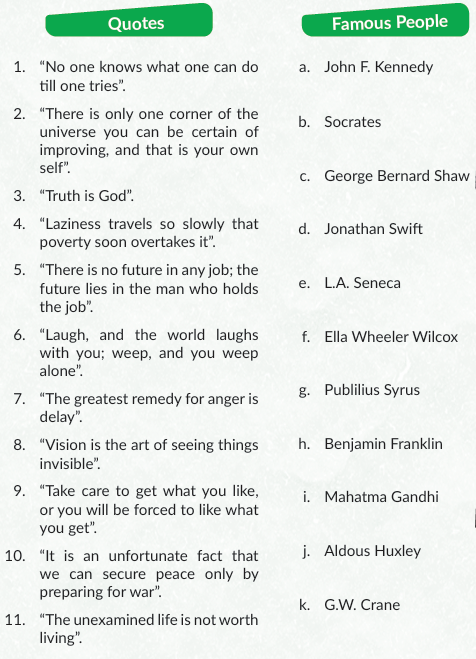
Q-3
Fill in the blanks:
1. It shows a style or category of art, music or literature. ____________
2. This is an embarrassing or tactless act or remark in a social situation.
3. It is a meeting at an agreed time and place. ____________________
4. It is used when something or someone is on the way. _______________________
5. This is used as a noun or verb in English, and refers to a detailed analysis and assessment of something __________________________
6. It means elegantly and stylishly and fashionable. __________________
7. This is used by writers instead of their real names. ______________________
8. It refers to a type of food, which is a characteristic to a particular region. ____________________
Q-4 Complete the table by writing the respective capitals of the countries and their native languages.
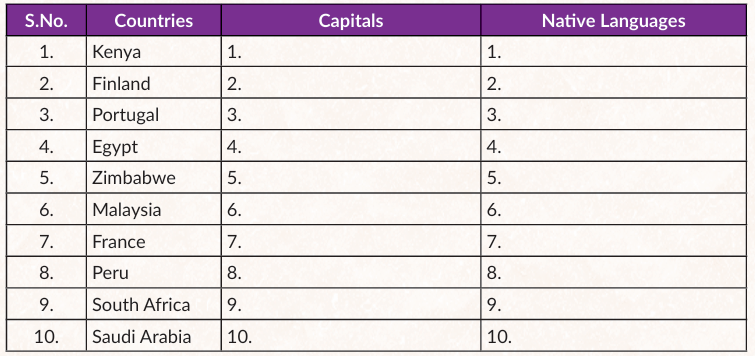
Q-5
Fill in the blanks:
1. This civilisation is known to have given the first democratic state to the world. _______________
2. This civilisation flourished from 27 BCE to 1453 CE. Rome was the major city. Military organisation and technology developed during this age. Fight to death, between men specially trained for the occasion, was a popular sport watched by hundreds of spectators of this civilisation. ____________________
3. People of this civilisation were excellent architects. They built roads, palaces and temples. Machu Picchu was the main city. They developed quipus, a form of writing using knots. ____________________
4. This civilisation developed around northern Italy from the 8th century BCE to the 3rd century BCE. Caere (modern Tuscany) was the major city. They were experts in bronze work and sculpture. ____________________
5. This civilisation flourished in India in 321-185 B.C. The main feature of this civilisation was unification of India and a well–planned road network. Buddhism was adopted as the state religion. ____________________
6. Use of chariots in warfare and iron smelting were the main developments in this civilisation, which developed around Anatolia (Turkiye) and northern Syria in 1750-1200 BC. ____________________
7. This civilisation developed around 3300 BCE to 1300 BCE. Mohenjo-daro and Harappa were the main cities. The people were excellent town planners and metal workers. They are known to have constructed the first drainage system in the world. ____________________
8. The empire of this civilisation was founded by Cyrus the Great in the 6th century BCE. ____________________
9. This civilisation developed around southern Mesopotamia between the 6th and 5th millennia BCE. The people settled in the fertile land between the rivers Tigris and Euphrates.____________________
Chapter-5 Go Global
Q-1 Complete the table by writing the respective capitals of the countries and their native languages.

Q-2
Fill in the blanks
1. This civilisation is known to have given the first democratic state to the world. _______________
2. This civilisation flourished from 27 BCE to 1453 CE. Rome was the major city. Military organisation and technology developed during this age. Fight to death, between men specially trained for the occasion, was a popular sport watched by hundreds of spectators of this civilisation. ____________________
3. People of this civilisation were excellent architects. They built roads, palaces and temples. Machu Picchu was the main city. They developed quipus, a form of writing using knots. ____________________
4. This civilisation developed around northern Italy from the 8th century BCE to the 3rd century BCE. Caere (modern Tuscany) was the major city. They were experts in bronze work and sculpture. ____________________
5. This civilisation flourished in India in 321-185 B.C. The main feature of this civilisation was unification of India and a well–planned road network. Buddhism was adopted as the state religion. ____________________
6. Use of chariots in warfare and iron smelting were the main developments in this civilisation, which developed around Anatolia (Turkiye) and northern Syria in 1750-1200 BC. ____________________
7. This civilisation developed around 3300 BCE to 1300 BCE. Mohenjo-daro and Harappa were the main cities. The people were excellent town planners and metal workers. They are known to have constructed the first drainage system in the world. ____________________
8. The empire of this civilisation was founded by Cyrus the Great in the 6th century BCE. ____________________
9. This civilisation developed around southern Mesopotamia between the 6th and 5th millennia BCE. The people settled in the fertile land between the rivers Tigris and Euphrates. ____________________
Chapter-6 Science & Technology
Q-1
Some famous laws of science are given below.
1. Energy can neither be created nor destroyed; it can only be transformed from one form to another. _____________________________
2. In a fluid at rest in a closed container, a pressure change in one part is transmitted without loss to every portion of the fluid and to the walls of the container. _____________________________
3. The force needed to extend or compress a spring by some distance is proportional to that distance. _____________________________
4. The volume of displaced fluid is equivalent to the volume of an object fully immersed in a fluid. _____________________________
5. For every action, there is an equal and opposite reaction. _________________________
6. The current flowing in a circuit is directly proportional to the applied potential difference and inversely proportional to the resistance in the circuit. _____________________________
7. The square of the hypotenuse is equal to the sum of the squares of the other two sides. ____________________________
8. Under the same conditions of temperature and pressure, equal volumes of different gases contain the same number of molecules. ____________________________
Q-2 Match the body-part to the noun.
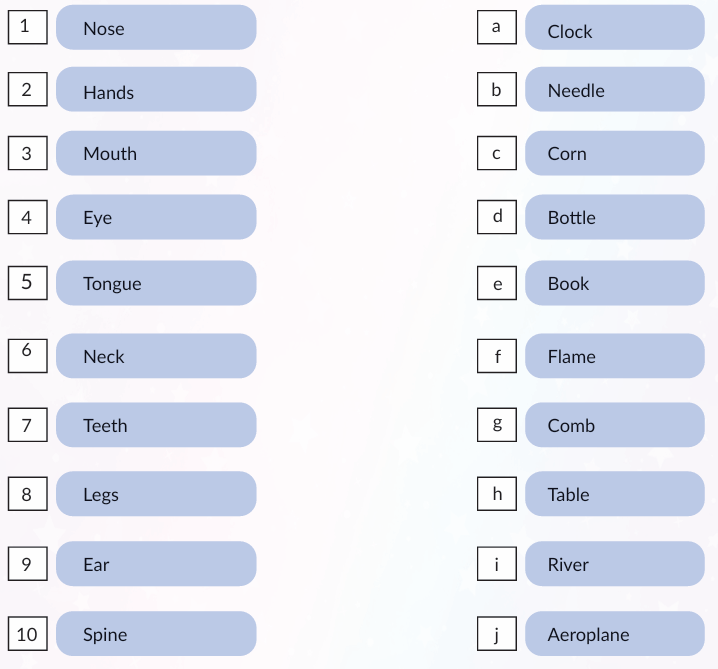
Q-3 Match the descriptions to the fields of medicine.
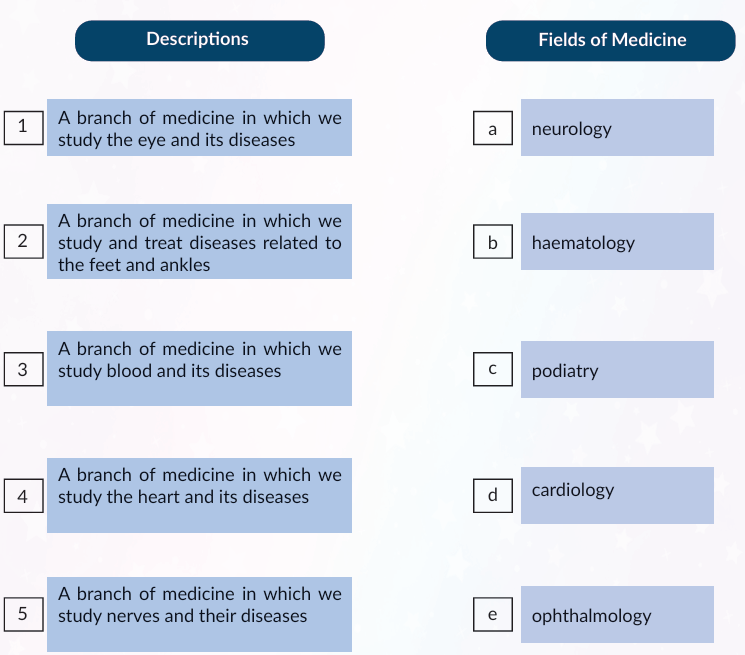
Q-4 Match these important days to the dates they are observed on.
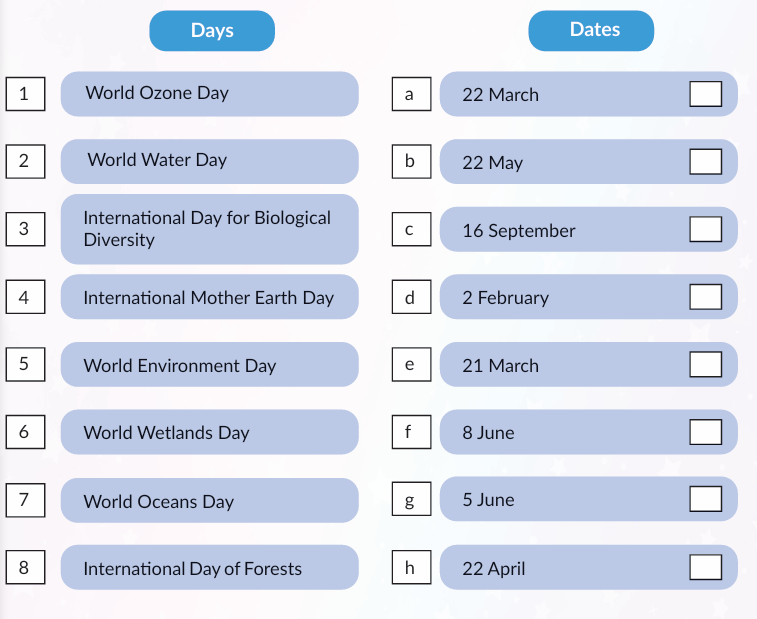
Chapter-7 Reasoning & Problem-Solving
Multiple Choice Questions
Q-1 If in a certain code MOUSE is written as 73541 and HEN as 816, then how will HOUSE be written as, in the same code?
(i)
54831(ii)
83451(iii)
83541(iv)
45481Q-2 If the code for ROSE is 6821, code for CHAIR is 73456 and code of PREACH is 961473, then what will be the code for SEARCH?
(i)
246173(ii)
214673(iii)
214763Q-3 If MARTHA is coded as 726532 and TINA as 5482, then how will MARTINA be coded?
(i)
7265482(ii)
7624825(iii)
7482256(iv)
2654827Q-4 If ENGLAND is coded as 1234526 and FRANCE is coded as 785291, then how will GREECE be coded?
(i)
381171(ii)
381191(iii)
831191(iv)
832252Q-5 If MACHINE is coded as 19-7-9-14-15-20-11, then how will CHAIN be coded?
(i)
9-14-7-15-20(ii)
14-9-7-15-20(iii)
20-9-7-14-15(iv)
14-15-19-20-7Q-6 If MASTER is coded as 8-6-24-28-10-23, then how will SMART be coded?
(i)
23-18-6-24-25(ii)
24-18-5-23-25(iii)
24-8-6-23-28(iv)
24-19-6-23-25Q-7 If UNITY is coded as 12345 and FEED is coded as 7889, then what is the code of INDEED?
(i)
889329(ii)
329898(iii)
392889(iv)
329889Chapter-8 Life Skills & Values (NEP and NCF Based)
Multiple Choice Questions
Q-1 Respect helps create a ______ classroom environment.
(i)
negative(ii)
confusing(iii)
positive(iv)
strictQ-2 Cooperation teaches children the importance of ______.
(i)
competition(ii)
teamwork and collaboration(iii)
working alone(iv)
ignoring othersQ-3 Verbal and non-verbal communication helps in expressing ______.
(i)
anger only(ii)
thoughts and feelings clearly(iii)
jokes(iv)
stories onlyQ-4 Understanding others’ cues is crucial for ______.
(i)
effective communication(ii)
fighting(iii)
ignoring others(iv)
gossipingQ-5 Problem-solving skills help children resolve conflicts ______.
(i)
loudly(ii)
aggressively(iii)
peacefully(iv)
randomlyQ-6 Classroom participation requires ______.
(i)
strong social skills(ii)
silence(iii)
isolation(iv)
memorisation onlyQ-7 Positive teacher-student relationships can lead to ______.
(i)
weaker performance(ii)
better academic support(iii)
more punishment(iv)
boredomQ-8 Personal safety is especially important for ______.
(i)
farmers(ii)
children(iii)
adults only(iv)
teachersQ-9 POCSO Act 2012 focuses on protecting children from ______.
(i)
sports injuries(ii)
hunger(iii)
sexual abuse and exploitation(iv)
examsQ-10 Social skills help enhance personal safety by ______.
(i)
encouraging violence(ii)
helping children align with POCSO objectives(iii)
avoiding communication(iv)
isolating themselvesChapter-9 Entrepreneurship
Multiple Choice Questions
Q-1 Startups often face difficulty investing in growth because of ______.
(i)
high profits(ii)
limited funding(iii)
too many customers(iv)
low competitionQ-2 Intense competition for startups usually comes from ______.
(i)
new students(ii)
small shops(iii)
established companies(iv)
sports teamsQ-3 Keeping up with rapid technological advancements can be ______.
(i)
easy and cheap(ii)
fun and simple(iii)
difficult and expensive(iv)
unnecessaryQ-4 Lack of experience among startup founders can lead to ______.
(i)
new inventions(ii)
mistakes and challenges(iii)
more funding(iv)
faster profitsQ-5 One major obstacle startups face is limited ______.
(i)
employees(ii)
financial resources(iii)
holidays(iv)
customersQ-6 Competition is tough for startups because other companies have ______.
(i)
less money(ii)
smaller markets(iii)
deeper pockets and greater market share(iv)
no customersQ-7 Technological advancements require startups to invest in ______.
(i)
outdated tools(ii)
rapid and costly upgrades(iii)
free resources(iv)
entertainmentQ-8 One reason startups struggle is that many founders lack ______.
(i)
hobbies(ii)
experience in running a business(iii)
interest in learning(iv)
support from familyQ-9 Overcoming startup challenges requires ______.
(i)
avoiding risks(ii)
creativity, resilience, and strategic planning(iii)
imitating others(iv)
ignoring competitionQ-10 Which of the following is *not* mentioned as a challenge faced by startups?
(i)
Limited Funding(ii)
Competition(iii)
Weather Changes(iv)
Technological AdvancementsChapter-10 Yoga & Asanas
Multiple Choice Questions
Q-1 Yoga is described as ______.
(i)
only physical exercise(ii)
an art and a science(iii)
a dance form(iv)
a new modern trendQ-2 The philosophy behind yoga is ______ years old.
(i)
a few decades(ii)
thousands of years(iii)
100 years(iv)
recently developedQ-3 The practice of asana is supported by ______.
(i)
entertainment(ii)
a complete philosophy(iii)
fashion trends(iv)
competitionsQ-4 According to the passage, yoga is more than ______.
(i)
cooking(ii)
physical practice alone(iii)
meditation(iv)
breathing exercisesQ-5 The dictionary definition of philosophy refers to ______.
(i)
physical strength only(ii)
a set of ideas about life, truth, and knowledge(iii)
daily routine(iv)
rules of exerciseQ-6 The nature and meaning of life are part of ______.
(i)
mathematics(ii)
philosophy(iii)
geography(iv)
medicineQ-7 To understand yoga philosophy well, we need to ______.
(i)
learn new languages(ii)
trace the origin of yoga(iii)
practice sports(iv)
read fiction booksQ-8 Yoga philosophy includes ideas about ______.
(i)
cooking methods(ii)
technology(iii)
truth and knowledge(iv)
only physical fitnessQ-9 The passage states that yoga is backed by a philosophy that is ______.
(i)
very recent(ii)
difficult to understand(iii)
thousands of years old(iv)
related to politicsQ-10 According to the passage, yoga is ______.
(i)
simply exercise(ii)
only meditation(iii)
a combination of physical practice, art, and science(iv)
a modern invention